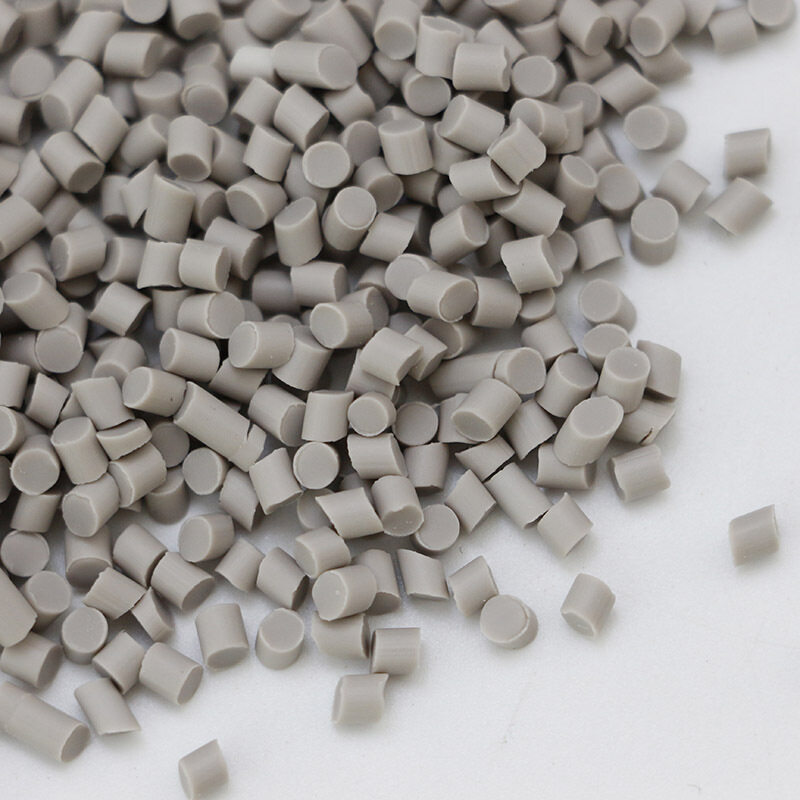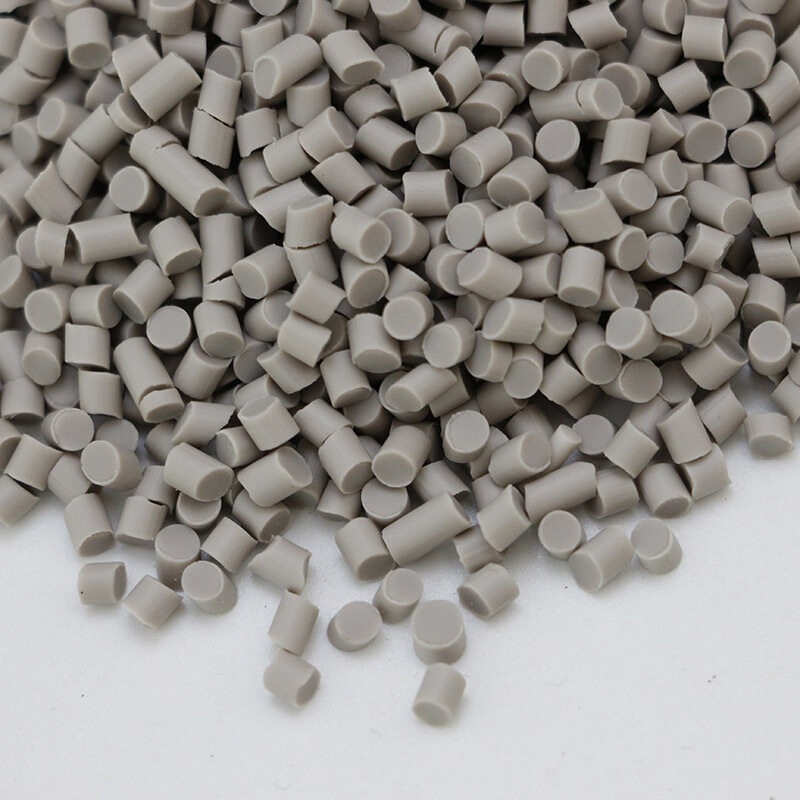Ошибка формата электронной почты
emailCannotEmpty
emailDoesExist
pwdLetterLimtTip
inconsistentPwd
pwdLetterLimtTip
inconsistentPwd

Offer Technical Support and Customized Solutions
The company is committed to creating new and improved plastic materials to meet the evolving demands of the market.

Troubleshooting Surface Defects in TPE Injection-Molded Parts: Causes, Effects, and Solutions
One of the reasons for surface issues in TPE injection-molded parts is the poor quality of raw materials TPE resin, as well as uneven dispersion of additives in the formulation. Additionally, some parameters set during the injection molding process also play a role.
Surface Defect - Whitening PhenomenonThe whitening phenomenon refers to the migration of stabilizers and other additives to the surface of the molded product, giving it a white powdery appearance. The main causes include excessive stabilizer usage or incompatibility with the polymer, which can be addressed by adding compatible agents. It is important to choose stabilizers with good compatibility with the polymer or control the dosage within optimal ranges. Changing to stabilizers with higher molecular weight can also be effective. Stabilizers that function when migrated to the surface of the molded product, such as antistatic agents and lubricants, are also used. It is essential to select stabilizers that are resistant to whitening even upon migration.
When TPE thermoplastic elastomers are used in typical environments, whitening problems are rare. However, for applications involving high temperatures, high humidity, or outdoor use, adding heat stabilizers (antioxidants) and weathering stabilizers are crucial to enhance durability. Particularly in high-temperature conditions, stabilizer selection is vital due to their tendency to migrate.
Compared to resins, soft thermoplastic elastomers are more prone to sticking phenomena on the surface. This is primarily due to the migration of low molecular weight polymers, plasticizers, and stabilizers to the surface as a result of aging. Regardless of the situation, using analytical methods like Infrared Spectroscopy (IR) can help determine the related substances causing the sticking issue.
Sticking mainly results from high molding temperatures causing thermal decomposition of polymers into low molecular weight substances. Although the molding machine's temperature settings may not reach the decomposition temperature, the shearing heat generated during the molding process can transiently elevate temperatures.
To address this, reducing molding temperatures, minimizing shear forces, and purifying the hydraulic cylinder with nitrogen gas are effective measures. Prolonged retention of melted materials in the mold cavity during machine pauses can also lead to sticking due to thermal aging. Sticking issues are common with products used in high-temperature environments, emphasizing the importance of stabilizer and plasticizer selection and dosage determination.
Surface Defect - Aging PhenomenonProducts show significant mechanical performance degradation and degradation in appearance. This is due to the relatively poor heat and ultraviolet resistance of polymeric materials compared to inorganic and metal materials, leading to product aging. Most products exhibit decreased mechanical properties and deteriorated appearance due to aging.
Countermeasures involve incorporating heat-resistant and weather-resistant stabilizers, as well as employing UV absorbers and light stabilizers to some extent to inhibit aging. The problems related to injection molding and their corresponding solutions are significant.
Surface Defect - Air PocketsThe formation of concave holes in the molded product primarily arises from shrinkage during cooling in the mold. Besides ensuring the mold cavity is filled entirely, rapid cooling is essential. Specifically, increasing holding pressure (secondary pressure) and lowering the resin and mold temperature settings are crucial.
Furthermore, the shape of the molded product significantly impacts the occurrence of air pockets. Thick sections are more prone to air pockets, necessitating design modifications such as injection or flow channels around such areas.
Surface Defect - FlashThis occurs when resin overflows from the mold cavity. While flash is normal in rubber injection molding, it is abnormal for resin or thermoplastic elastomers. This is because molten resin or thermoplastic elastomers have high fluidity compared to rubber compounds, with lower injection pressures. Upon contact with the mold and cooling, they solidify and stop flowing instantly. Therefore, it is uncommon for resin or thermoplastic elastomers to cause flash.
Mitigation strategies include reducing filling rates, lowering holding pressures, shortening holding times, and repairing molds with dimensional inaccuracies or gaps in parting lines. In cases where the projected area of the molded product is large and the clamping force is relatively lower than the injection pressure, flash may occur, necessitating the use of larger injection molding machines.

